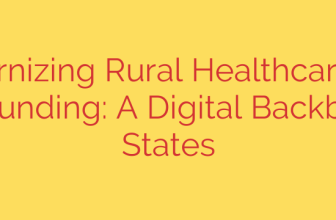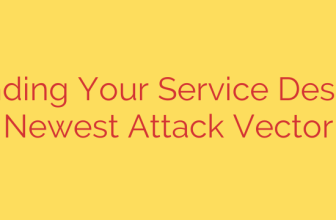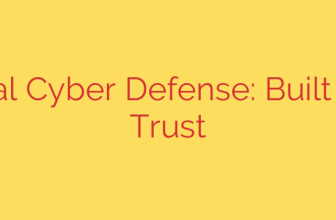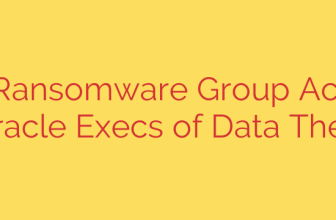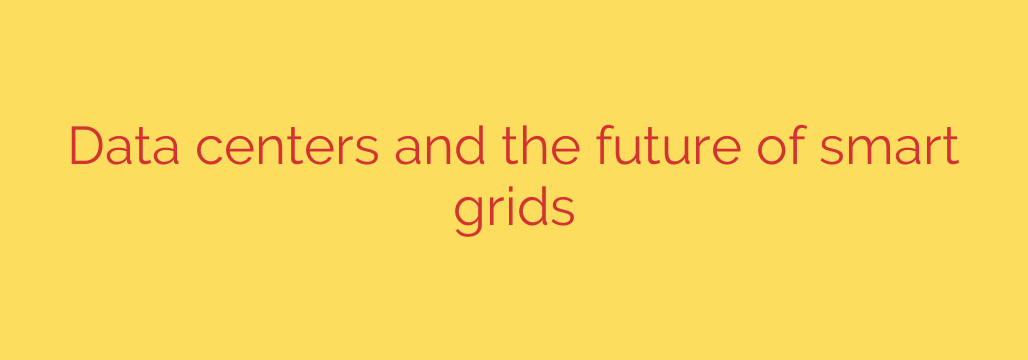
The Symbiotic Future: How Data Centers Are Powering the Smart Grid
Data centers are the engines of the digital age, processing the vast amounts of information that power our modern world. However, this critical function comes with an enormous appetite for electricity. As the demand for cloud computing, AI, and big data analytics grows, data centers are evolving from being passive energy consumers into active, essential partners for the next generation of our electrical infrastructure: the smart grid.
This transition marks a fundamental shift, creating a symbiotic relationship that promises a more stable, efficient, and sustainable energy future for everyone.
The Challenge: Unprecedented Energy Demand
Traditionally, data centers have been viewed as a significant strain on the power grid. Their constant need for power to run servers and cooling systems creates a massive, inflexible load. During peak hours, this demand can strain local utilities, increase costs, and contribute to grid instability. The rapid growth of high-density computing and AI workloads is only accelerating this challenge, making it clear that the old model of one-way power consumption is unsustainable.
However, the very technology that makes data centers so power-hungry also equips them with the tools to become part of the solution.
The Rise of the Smart Grid
A smart grid is not simply a power line; it’s an intelligent, digitized energy network. Unlike traditional grids that push power in one direction from a plant to the consumer, a smart grid allows for two-way communication and real-time data exchange between the utility and its users. This enables a dynamic, responsive, and efficient management of electricity.
The smart grid’s ability to monitor, analyze, and control energy flow in real-time is crucial for integrating renewable energy sources like wind and solar, which are naturally intermittent. This is precisely where data centers are stepping in to play a revolutionary role.
From Power Consumer to Grid Partner: 4 Key Integrations
Data centers are uniquely positioned to support and enhance smart grid operations through their sophisticated infrastructure and operational capabilities.
Dynamic Demand Response
In a demand response program, a data center can intelligently reduce its power consumption during periods of peak grid demand. By shifting non-essential computations to off-peak hours or temporarily running on backup power, the facility helps the utility avoid blackouts or the need to fire up expensive, less-efficient “peaker” plants. This flexibility transforms the data center from a static load into a dynamic, controllable asset for grid managers.Grid-Interactive Energy Storage
Every modern data center is equipped with large-scale Uninterruptible Power Supply (UPS) systems, which are essentially massive batteries designed to keep operations running during a power outage. In a smart grid partnership, these powerful battery arrays can do more than just sit idle. During times of grid stress, they can discharge power back into the grid, helping to stabilize frequency and prevent outages. In effect, a network of data centers can act as a distributed “virtual power plant,” providing gigawatts of stored energy on demand.Stabilizing Renewable Energy
One of the biggest hurdles for renewable energy is intermittency—the sun doesn’t always shine, and the wind doesn’t always blow. Data centers can help solve this problem. By co-locating with solar or wind farms, they can consume the green energy directly when it’s being produced. During periods of excess generation, they can store the energy in their UPS batteries. When generation dips, they can use that stored power, smoothing out the fluctuations and ensuring a more reliable and consistent energy supply for the grid.Strategic Load Balancing with Edge Computing
The rise of edge computing—placing smaller data centers closer to where data is generated—offers new opportunities for localized grid support. These distributed facilities can be strategically placed in areas to help balance local energy loads, absorb excess renewable generation, and provide essential power services to underserved or congested parts of the grid.
Navigating the Security and Reliability Risks
Connecting a data center’s critical power systems to the public grid introduces significant new challenges, primarily centered on security and reliability.
- Cybersecurity Risks: A two-way connection creates a new attack vector. A malicious actor could potentially attempt to compromise the grid through the data center, or vice versa. A breach could lead to a cascading failure, impacting both digital and physical infrastructure simultaneously. Protecting this new interface is paramount.
- Reliability Concerns: The primary mission of a data center is 100% uptime. Operators must be certain that participating in grid services will not compromise their service level agreements (SLAs) or the integrity of their critical power systems.
Actionable Security Measures for a Connected Future
To mitigate these risks, data center operators and utility providers must adopt a rigorous security posture. Key strategies include:
- Implementing a Zero-Trust Architecture: Assume no user or device is trustworthy by default. Every connection and request must be authenticated and authorized, strictly limiting access between the data center’s operational technology (OT) and the grid’s network.
- Network Segmentation: Isolate the systems that interact with the grid from the core IT infrastructure. This “air-gapping” strategy ensures that a compromise in one area cannot easily spread to another.
- Continuous Monitoring and Threat Detection: Deploy advanced tools that provide real-time visibility into all network traffic between the data center and the grid, allowing for the immediate detection and response to anomalous activity.
- Collaboration and Information Sharing: Foster strong partnerships between data center security teams, utility operators, and government agencies to share threat intelligence and coordinate defense strategies.
The journey of the data center from a simple consumer to an active grid participant is well underway. This evolution is not just a trend; it is an essential step toward building a more resilient, efficient, and sustainable digital and energy infrastructure for the future.
Source: https://datacentrereview.com/2025/10/data-centres-set-to-play-bigger-role-in-smart-grid-transformation/




